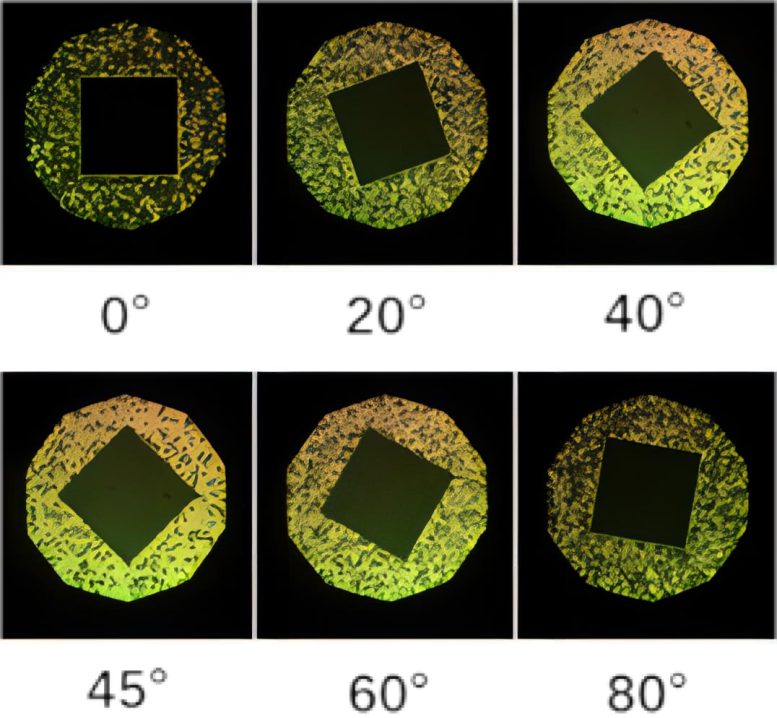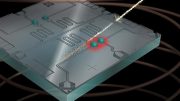
Innovative research led by Professor Daping Chu has produced a liquid crystal-based dielectric metasurface, reducing manufacturing complexities and improving optical device performance, with significant implications for future liquid crystal technologies. Credit: SciTechDaily.com
Dielectric metasurfaces, known for their low loss and subwavelength scale, are revolutionizing optical systems by allowing multidimensional light modulation. Researchers have now innovated in this field by developing a liquid crystal-based dielectric metasurface that streamlines manufacturing and enhances device performance.
Dielectric metasurfaces represent one of the cutting-edge research and application directions in the current optical field. They not only possess the advantage of low loss but also enable the realization of device thicknesses at subwavelength scales. Moreover, they can freely modulate light in multiple dimensions such as amplitude, phase, and polarization. This capability, which traditional optics lacks, holds significant importance for the integration, miniaturization, and scaling of future optical systems. Consequently, dielectric metasurfaces have attracted increasing industrial attention.
In this study, Professor Daping Chu’s team at the University of Cambridge developed a novel liquid crystal-based tunable dielectric metasurface. By leveraging the dielectric metasurface’s inherent alignment effect on liquid crystals on top of its electrically controllable properties, the need for liquid crystal alignment layer materials and related processes is eliminated, thus saving device manufacturing time and costs. This has practical implications for devices such as liquid crystal on silicon (LCoS).

Dielectric metasurfaces represent one of the cutting-edge research and application directions in the current optical field. They not only possess the advantage of low loss but also enable the realization of device thicknesses at subwavelength scales. Credit: Advanced Devices & Instrumentation
The research team quantitatively investigated the strength of the alignment effect of the metasurface itself on liquid crystals by measuring the transmittance of the device at different angles. They obtained a contrast ratio of 25.6 between brightness and darkness.
At the same time, the research team also achieved a modulation depth of 94% in the near-infrared communication wavelength band during experiments.
This study proposes a novel liquid crystal-based electrically controlled metasurface. By leveraging the inherent alignment effect of the metasurface on liquid crystals, the alignment process present in traditional liquid crystal devices is eliminated, thereby offering significant economic value to traditional liquid crystal devices.
Additionally, due to the subwavelength nature of the metasurface, the device theoretically can be made extremely thin, effectively enhancing the response speed and resolution of the liquid crystal device. Liquid crystal devices integrated with metasurfaces hold crucial research value for traditional liquid crystal devices such as LCoS.
Reference: “Dielectric Meta-Atoms with Liquid Crystal Alignment Effect for Electrically Tunable Metasurface” by Xin Chang, Mike Pivnenko, Angadjit Singh, Weijie Wu, Pawan Shrestha and Daping Chu, 5 February 2024, Advanced Devices & Instrumentation.
DOI: 10.34133/adi.0040









Be the first to comment on "Electrically Tunable Metasurfaces: Liquid Crystal Alignment by Dielectric Meta-Atoms"